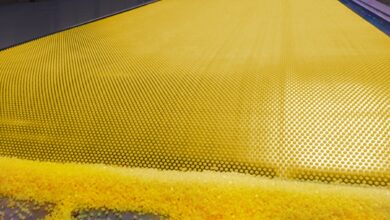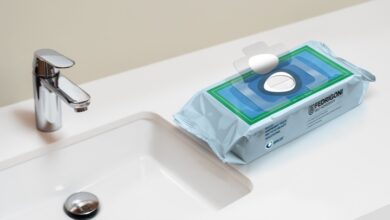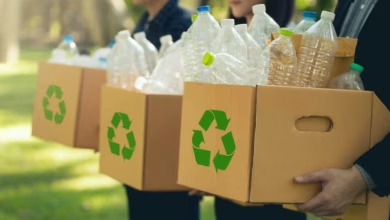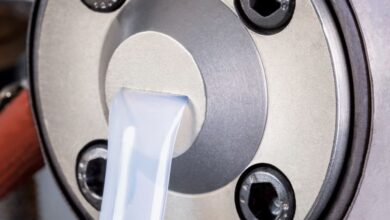Designing a global future: Brazil’s plastic export mission
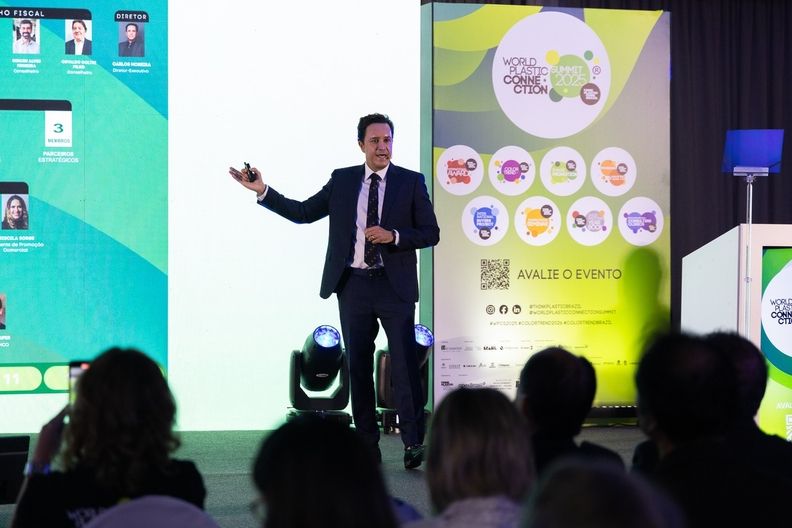
Iranpolymer/Baspar Excerpts from separate interviews conducted during the IV World Plastic Connection Summit, which took place in São Paulo, Brazil, between April 8-11, 2025, edited for publication into one feature. The event aims to strengthen and diversify relationships between Brazilian plastic companies and international partners. The 2026 edition of the Colour Trend, a guide setting colour trends for plastics products, was launched at the event by its curator, Brazilian architect Marcelo Rosenbaum.
What would you say were the main highlights of this edition of the World Plastic Connection Summit?
Moreira: This year has once again exceeded our expectations. It’s the fourth edition, and we were pleasantly surprised—especially by the number of attendees.
Within our Global Green Design space, we announced partnerships with the Institute of Design in Chicago and Milan Polytechnic. We’ll be taking 20 Brazilian entrepreneurs to Chicago for a course in strategic design, followed by a second phase in Milan focused on product development.
We also had strong partnerships, especially with African countries like Ghana, which extended invitations to 18 other countries. They’re clipping, translating, and distributing the content locally, which really expanded our reach.
One of the major highlights was the active participation of African countries, including their presence during the institutional opening. That aligns with our goal to diversify export markets—95% of our exports currently go to the Americas. We’re especially focused on Africa and the Middle East.
Why are Africa and the Middle East your key focus?
Moreira: I’ve visited eight African countries and found they share many similarities with Latin America, which makes them promising markets. We’re already planning a trade mission in June, taking 25 Brazilian companies for pre-scheduled business meetings.
Culturally, the Middle East is very receptive to Brazilians. Just saying we’re from Brazil often breaks the ice—people smile, mention football, and the conversation flows.
We also visited local retail stores and saw that products there are often 40–50% more expensive than in Brazil. That gives Brazilian companies a competitive edge. But we have to be careful—if products are too cheap, they may face import barriers.
Still, the potential is huge. On one visit, I brought Brazil shirts to give away and the response was incredible. In one round of meetings, we had 14 calls, three companies sent samples, and we’ve already shipped 40-foot containers.
Can you elaborate on your export breakdown and goals for plastic products?
Moreira: Today, our main export destinations are Argentina, Chile, Paraguay, Peru, and the United States. The plastics industry accounts for 14,200 companies in Brazil. We’re the third largest employer and eighth in terms of GDP contribution. In 2023, 1,800 companies exported. Of those, 157 were part of our Think Plastic Brazil initiative. We represent 34.6% of Brazil’s total plastic-related exports, amounting to $1.38 billion. However, exports make up just 5.5% of revenue for these companies on average—that’s low. Some outliers are doing 40%–60%, but we want to raise the average to 15%. To do that, we need to support micro, small, and medium businesses through training, market intelligence, and strategic initiatives.
Can you explain what ApexBrasil is?
Raiol: ApexBrasil is the Brazilian Trade and Investment Promotion Agency. We’re a quasi-governmental organization—technically private but with a public mission. Our DNA is to support small and medium-sized enterprises (SMEs), but we also work with large companies to strengthen entire sectors. Our services promote Brazilian exports and internationalization.
One of our main tools is the Sectoral Project programme. These are partnerships between Apex and industry associations focused on exports. Right now, we have around 50 projects across many sectors—from agribusiness (like meat, fruit, and beverages) to industrial and service sectors.
In plastics, we have the Think Plastic Brazil project—a 20-plus year partnership with the National Institute of Plastics (INP). This project focuses on six verticals: raw materials, packaging, toys and childcare, construction, agribusiness, and houseware products. Sustainability and recycling are addressed within these categories.
What does Apex do to help SMEs get ready to export?
Raiol: We have a program called PEIEX—Export Ready Program in English. It’s free and offered across all states in Brazil, often in partnership with universities or local brances of Sebrae, the national Support Service for Micro and Small Enterprises. A technical expert visits the company, diagnoses export-readiness and helps implement changes. Many companies in Think Plastic Brazil started exporting thanks to PEIEX. It’s often the first step in what we call the ‘export journey’.
What are the main challenges these companies face when starting to export?
Raiol: The first is mindset—developing an export-oriented culture. Exporting requires preparation: training teams, adapting products and processes, understanding foreign market requirements. Exporting to Europe is not the same as exporting to Africa. That’s why we offer market intelligence tools, like our opportunities map, where companies can search for promising markets by filtering Harmonised System (HS) 6-digit product codes. We also commission custom studies and have offices in key regions—Bogotá, Miami, San Francisco, Brussels, Lisbon, Moscow, Dubai, Beijing, and Shanghai. These offices support companies in identifying and entering new markets.
How does the plastics industry compare to others Apex works with?
Raiol: Plastics is more proactive. In many sectors, companies only react when there’s demand. In plastics, there’s more initiative—especially in value-added products, sustainability, and design. Brazil still exports a lot of commodities. But plastics have industrial value, with room for creativity and innovation. We’re developing the Colour Trend guide to showcase Brazilian design and colour aesthetics internationally. It’s been very well received. This project is our initiative to highlight Brazilian identity—through colours inspired by our culture, nature, and cuisine. These aren’t just palettes, they tell stories. And it supports both masterbatch producers and finished goods manufacturers.
Design is one of main focuses of the World Plastic Connection Summit. In Europe, it doesn’t get as much attention. Why is that?
Moreira: In Europe, design is already embedded in the culture—like how quality used to be a big topic. In Brazil, our industry was often protected by the government, which led to complacency. Now, we’re trying to shift that mindset. To access more sophisticated markets, companies must invest in design—across sustainability, accessibility, and colour. In Europe, neutral colours dominate. In Africa, vibrant prints are popular. Design must be strategic. Our plastics trade balance has a $2.35 billion deficit. That’s a sign we need innovation and differentiation—especially with Chinese products improving in both quality and design.
What are your long-term plans for design of plastic products?
sustainableplastics



